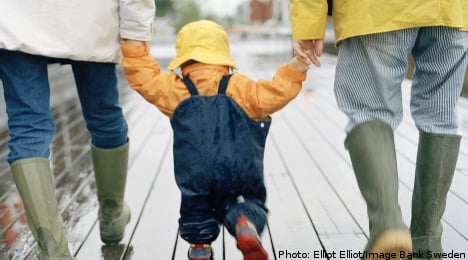“With regards to hygiene products, the greatest difference seems to be the cost of nappies,” said Ingrid Eriksson at the agency to the Metro newspaper.
The costs of keeping teenagers has also increase dramatically over the past 30 years, by 25 percent for the average 14-year-old boy and by 32 percent for a girl of the same age.
The cost increases have been attributed to parents seeking a higher material standard of living for their children and demands from their offspring for more expensive possessions, such as mobile telephones and mp3 players.
The agency’s figures reflect the main cost items that a teenager has and thus could in fact be much higher.
In its annual publication Koll på pengarna (Know your money) the agency for example does not factor in the cost of a computer – counting it as a cost for the whole family.
Expensive sports, such as riding and ice hockey are neither counted, nor is transport to and from leisure activities. In the agency’s figures for leisure activities a gym membership card is one of the more significant items.
“Many teenagers train at the gym. We have calculated with a Friskis and Svettis gym card as they have an average price level. Cinema visits and concert ticket costs we have had previously, these costs have increase somewhat,” Ingrid Eriksson said.
The 1980 figures have been re-calculated to reflect the equivalent costs in 2010 and are based on statistics over where young people buy their clothes and their typical leisure activities.



 Please whitelist us to continue reading.
Please whitelist us to continue reading.
Member comments